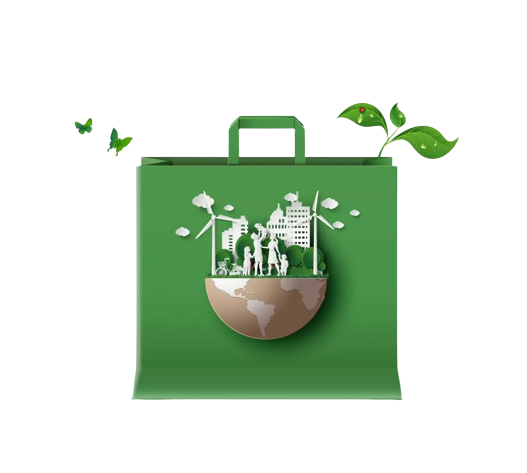Introduction
When it comes to growing healthy plants, every small detail matters — including the type of bag you use. Many gardeners are now switching from plastic nursery bags to compostable nursery bags, and there’s a solid reason why.
slotgacor4d slotgacor4d slot gacor 4d slot gacorWhat Are Compostable Nursery Bags?
Compostable nursery bags are made from natural materials like cornstarch, vegetable waste, or other plant-based substances. These compostable garment bags are designed to break down in the soil, making them great for the planet and even better for your garden.
What Are Plastic Nursery Bags?
Plastic nursery bags are the traditional black poly bags most of us have seen at plant shops. While cheap and easily available, they take hundreds of years to decompose and often harm the soil and roots over time.
Plastic Nursery Bags vs. Compostable Nursery Bags
Both bags might look similar, but they act super differently when it comes to plant health and the environment. Let’s break down the real differences so you can pick what’s best for your garden.
- Plastic bags trap moisture, can overheat roots, and pollute soil.
- Compostable bags allow roots to breathe and grow naturally into the soil as the bag breaks down.
- Plastic contributes to waste. Compostable ones turn into compost!
When comparing the two, it’s easy to see why more people (and plants!) prefer compostable bags.
Benefits of Our Compostable Nursery Bags
Our compostable nursery bags aren’t just good for plants—they’re also great for the earth.
Here’s why our compostable nursery bags are a great pick:
- Made from plant-based materials that are safe for roots.
- Break down naturally in the soil, adding nutrients.
- Great for organic gardening and eco-conscious growers.
They pair well with other sustainable products like compostable garment bags or compostable grocery bags when you’re building an all-around eco setup for your garden or brand.
Things to Consider While Buying Nursery Bags
Not every bag is a win for your plants. Before you shop, here are a few things to check so you don’t accidentally pick the wrong type.
Before you buy, keep these in mind:
- Check if the bags are certified compostable.
- Look at the thickness for durability.
- Make sure they suit your plant type and weather conditions.
Also, you can explore other eco products like biodegradable food plates or compostable carry bags if you’re into sustainable living beyond the garden.
Final Thoughts
If you’re serious about plant health and reducing plastic waste, switching to compostable nursery bags is a smart move. They’re safe, practical, and just better for the planet. Plus, they work perfectly in both home gardens and big nurseries.
For those exploring full eco-friendly packaging solutions, pairing with items like eco-friendly water bottles, biodegradable disposable glasses, or compostable garbage bags makes your green lifestyle even better.
FAQs
What are the disadvantages of plastic nursery bags?
They don’t decompose, can overheat the roots, and pollute the soil over time.
Can compostable nursery bags be reused safely?
Yes, if handled carefully, they can be reused once or twice before they start breaking down.
Which type of nursery bag helps roots grow better?
Compostable bags. They allow roots to grow out naturally and reduce root shock.
How long does a compostable nursery bag take to decompose?
It depends on soil and weather, but usually between 3 to 6 months.
Are compostable bags good for organic gardening?
Absolutely! They break down without harming the soil, making them ideal for organic farms.
Do compostable bags work in all weather conditions?
Yes, but they decompose faster in moist and warm environments.



